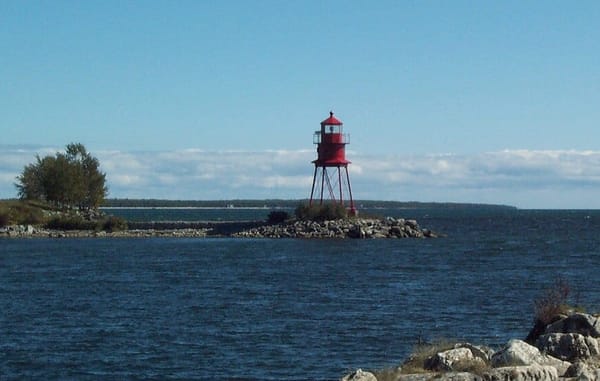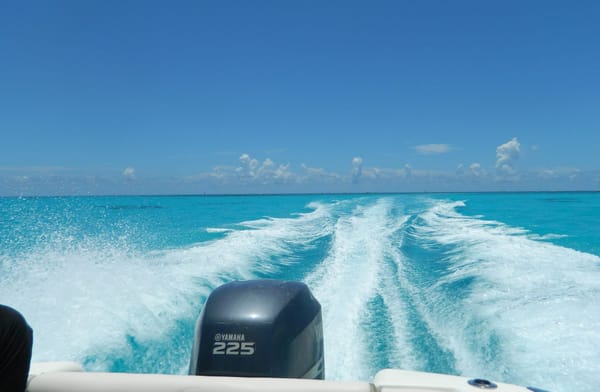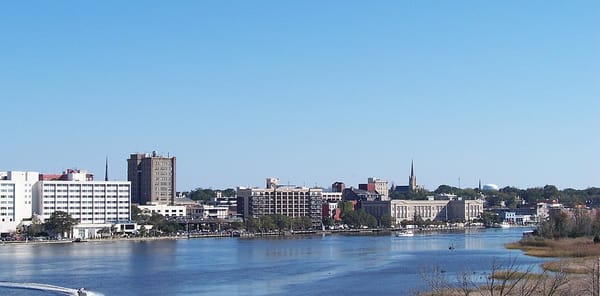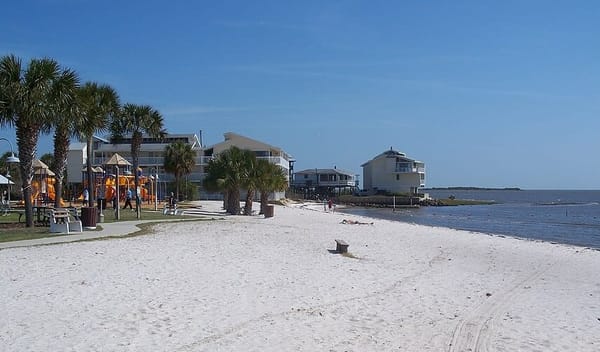Invasive Species: What to Watch Out for While Boating in Lake Pontchartrain
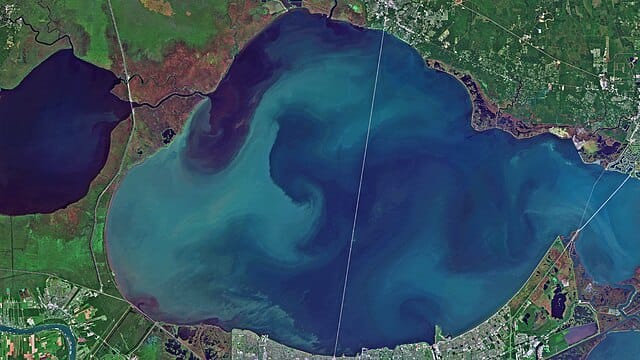
Lake Pontchartrain, a large estuarine system in southeastern Louisiana, near New Orleans, is home to a diverse array of plant and animal species. However, like many water bodies - such as the Potomac River, Lake Havasu and the St. Lawrence River, it’s threatened by invasive species. These non-native organisms can cause significant harm to the environment, economy and even human health.
The introduction of invasive species into Lake Pontchartrain has led to various ecological disruptions. Native species often struggle to compete with these invaders for resources, leading to declines in biodiversity. The loss of native species can also alter the structure and function of the ecosystem, making it less resilient to other stressors, such as climate change.
Keep reading to discover a few of the invasive species you’ll want to be aware of before heading out from a marina or private boat lift rental.
Nutria
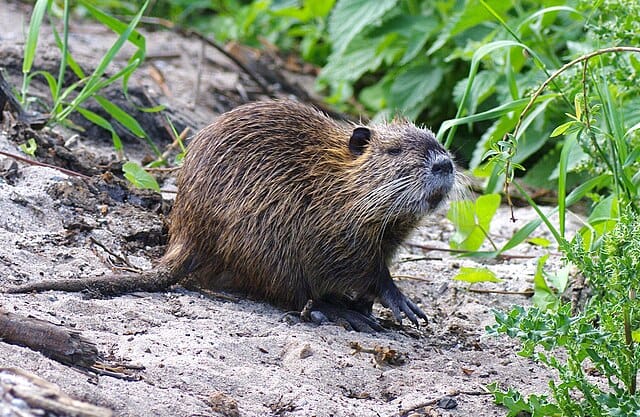
Also found in the Chesapeake Bay, nutria (Myocastor coypus) are large, semi-aquatic rodents (similar to a beaver) introduced to Louisiana for their fur in the 1930s. Originating from South America, they have since become a major problem, particularly in wetlands around Lake Pontchartrain.
Nutria feed on native vegetation, which can lead to severe erosion and loss of marshland. This destruction of wetland habitats negatively affects native species and exacerbates the region’s vulnerability to storms and flooding.
Water Hyacinth

The water hyacinth (Eichhornia crassipes), also found in Florida waters originates from South America. This aquatic plant was introduced to the U.S. in the late 19th century. It’s highly invasive and forms dense mats on the water's surface, which block sunlight and reduce oxygen levels in the water. This can lead to the death of native aquatic plants and animals. In Lake Pontchartrain, water hyacinth has been known to clog waterways, affecting local fisheries and making navigation from private boat dock rentals difficult.
Asian carp
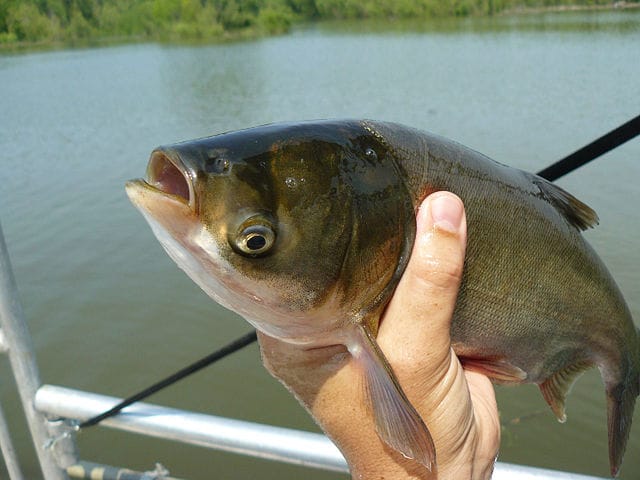
The Asian carp - including the silver and bighead carp - originates from Asia. They were brought to the U.S. in the 1960s and 1970s to control algae and other aquatic plants in fish farms and sewage treatment plants. However, they escaped into the wild and have since spread into many water bodies, including Lake Pontchartrain and the Mississippi River.
These fish are highly efficient feeders, outcompeting native species for food and disrupting local ecosystems. Their presence also poses a risk to boaters and private boat slips for rent, as they are known to leap out of the water when startled by boat motors, potentially causing injury.
Zebra Mussels
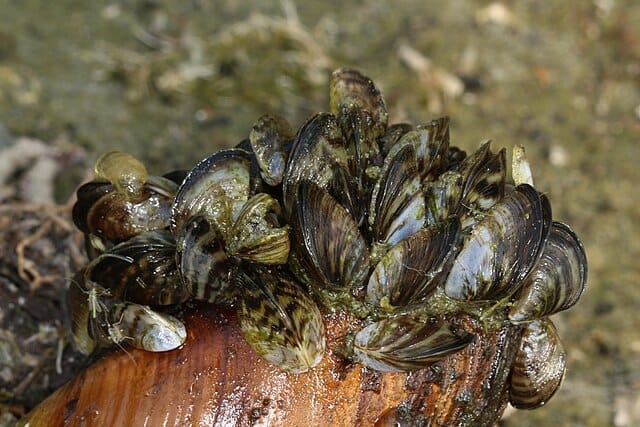
Zebra Mussels (Dreissena polymorpha), also found in the Great Lakes, originate in Eurasia. These small freshwater mussels were first discovered in North America in the late 1980s. They have since spread to many lakes and rivers.
Zebra mussels attach to hard surfaces, including boat hulls, water intake pipes, private boat docks for rent and native mussels, causing significant damage. They filter large amounts of water, removing plankton that native species rely on for food, thereby disrupting the food chain.
Efforts to manage invasive species in Lake Pontchartrain involve a combination of things such as prevention, control and public awareness. Agencies like the Louisiana Department of Wildlife and Fisheries work to monitor and control populations of invasive species through methods such as trapping, chemical treatments and physical removal.
Public awareness campaigns aim to educate residents and visitors about the importance of preventing the spread of these species, such as by cleaning boats and equipment before moving between water bodies.
Avoid transporting invasive species back to a marina, driveway or private boat slip for rent by carefully cleaning your boat and trailer after every excursion.
